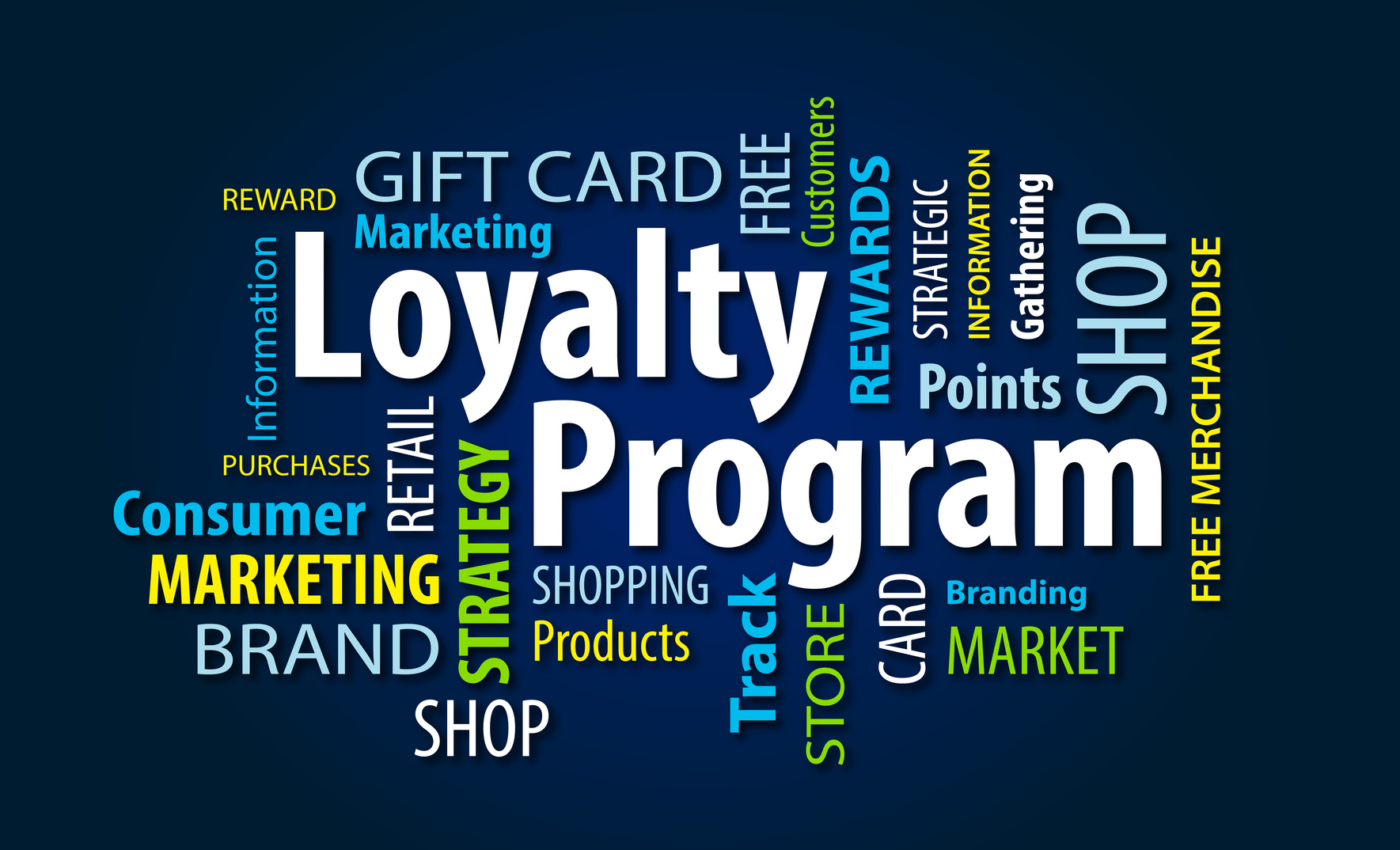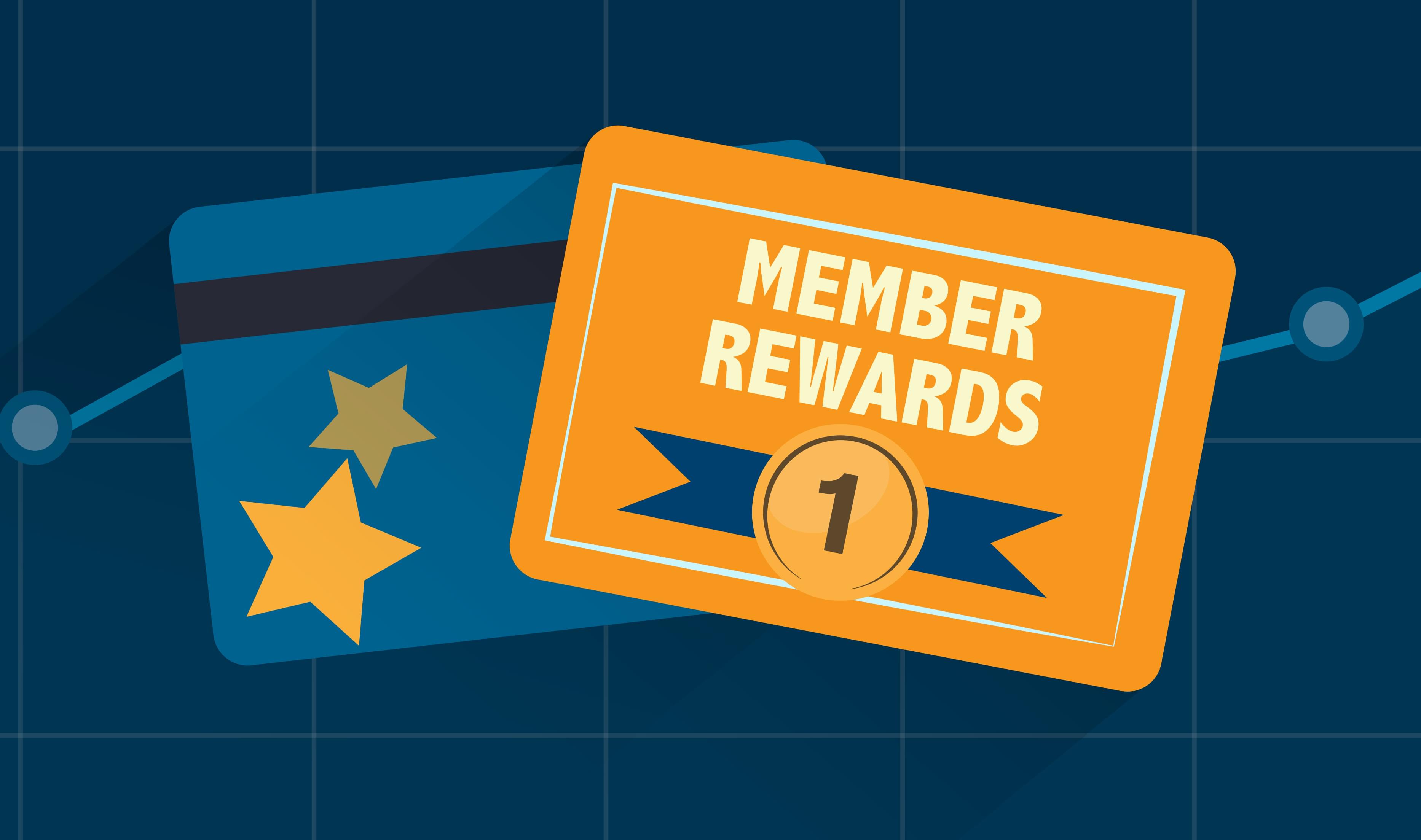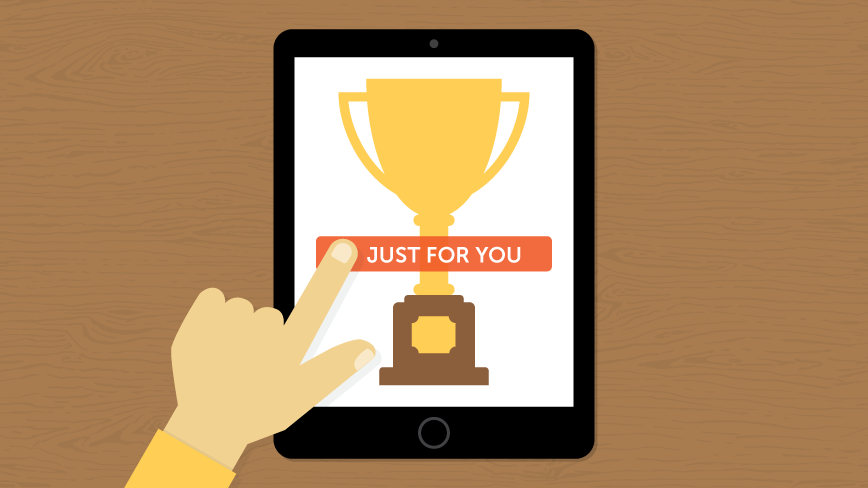All Categories
Featured
Table of Contents
In Doylestown, PA, Jayce Rogers and Gerald Mitchell Learned About Online Sales

What if you could grow your organization without increasing your costs? In fact, what if you could in fact minimize your spending however increase your sales, year after year? Would you do it? If you're a business owner, then you'll likely offer a resounding 'yes', a basic answer to an even simpler question.
A rewards program tracks and benefits specific spending habits by the client, supplying special benefits to loyal consumers who continue to patronize a certain brand. The more that the customer invests in the store, the more advantages they get. In time, this incentive builds faithful clients out of an existing consumer base.

Even if you already have a reward program in location, it's a good idea to dig in and completely understand what makes consumer commitment programs work, along with how to execute one that costs you little cash and time. Do not stress, I'll assist you with that. I'll break down the main advantages of a loyalty program and the very best methods to produce loyal consumers.
Let's dig in. Client commitment is when a customer go back to do business with your brand name over your competitors and is mainly affected by the positive experiences that the customer has with your brand name. The more positive the experience, the more likely they will go back to shop with you. Customer commitment is exceptionally crucial to organizations because it will assist you grow your organization and sales faster than a basic marketing plan that focuses on hiring brand-new clients alone.
A couple of ways to measure customer commitment include:. NPS tools either send a brand efficiency survey via email or ask clients for feedback while they are checking out a company's site. This info can then be used to much better comprehend the likelihood of customer commitment. A repurchase ratio determines the ratio of repeat purchasers versus one-time buyers.
Consumer loyalty index (CLI). The CLI tracks customer loyalty in time and is similar to an NPS study. Nevertheless, it considers a couple of additional elements on top of NPS like upselling and redeeming. These metrics are then used to evaluate brand commitment. A consumer loyalty program is a marketing strategy that rewards customers who make purchases and engage with the brand on a continued basis.
Consumer benefits programs are created to incentivize future purchases. This encourages them to continue working with your brand name. Consumer loyalty programs can be set up in many different methods. A popular customer loyalty program rewards consumers through a points system, which can then be invested in future purchases. Another kind of consumer commitment program may reward them with member-exclusive perks or totally free gifts, or it might even reward them by contributing money to a charity that you and your consumers are mutually passionate about.
In Addison, IL, Jayce Rogers and Rodrigo Arnold Learned About Social Media
By using rewards to your clients for being faithful and helpful, you'll develop a connection with them, deepening their relationship with your brand and hopefully making it less likely for them to switch to a competitor. You've likely seen client loyalty programs in your own shopping experience, whether at your preferred cafes or your most frequented grocery shops.
However even if everyone is doing it does not indicate that's a sufficient factor for you to do it too. The better you understand the advantages of a client rewards program, the more clearness you will have as you create one for your own shop. You will not be sidetracked by exciting benefits and complicated commitment points systems.
Keep in mind: work smarter, not harder. Consumer retention is the primary advantage of a benefits program that works as a foundation to all of the other benefits. As you provide rewards for your existing consumer base to continue to buy from your store, you will offer your store with a consistent flow of money month after month.
By growing your retention rate, you can stop investing as much time or money on increasing your overall number of clients. Why is this important? Faithful customers have a higher conversion rate than brand-new customers, implying they are most likely to make a transaction when they visit your shop than a new consumer.
By increasing your retention rate by just 5 percent, you can increase your revenues by 25 percent and as much as by 95 percent. Needless to state, your retention rate matters. Key Takeaway: If you desire to considerably increase your revenues, offer rewards for your existing clients to continue to shop at your shop.
And you will not have to spend cash on marketing to get them there. Client acquisition (aka generating brand-new customers) takes a lot of effort and cash to convince complete strangers to trust your brand, pertained to your store, and try your items. In the end, any money earned by this brand-new consumer is overshadowed by all of the cash invested in getting them there.
Secret Takeaway: If you wish to minimize costs, focus on customer retention rather of client acquisition. When you focus on offering a positive individualized experience for your existing consumers, they will naturally inform their loved ones about your brand. And with each subsequent deal, devoted customers will inform much more individuals per deal.
In Annandale, VA, Keyla Kirk and Muhammad Wyatt Learned About Positive Reviews
The finest part? Since these new customers originated from relied on sources, they are most likely to develop into devoted customers themselves, investing more on typical than brand-new clients generated by other marketing efforts. The Chase Ultimate Benefits program, for instance, provides major benefits for individuals who travel a lot.
The 'supreme benefits' that Chase cardholders receive include 2x points per dollar invested on all travel purchases as well as main rental automobile insurance coverage, no foreign transaction fees, journey cancellation insurance, and purchase security. For individuals who take a trip a lotand have non reusable income to do sothere is a massive reward to invest money through the ultimate benefits program.
This entire process makes redeeming benefits something worth extoling, which is precisely what lots of cardholders wind up doing. And to help them do it, Chase offers a bonus offer for that too. Key Takeaway: Make it simple for your clients to brag about you and they will spread the word about your purchase complimentary.
As soon as you get the basics down, then using a commitment rewards app can assist take care of the technical information. Here are the steps to start with producing your client commitment program. No client wants to buy items they don't desire or require. The same opts for your commitment program.
And the only way to tailor an alluring client commitment program is by intimately understanding your client base. The best way to do this? By implementing these techniques: Build customer contact details anywhere possible. Guarantee your organization is constantly building a comprehensive contact list that enables you to access existing consumers as often and as quickly as possible.

Track customer habits. Know what your clients want and when they want it. In doing so, you can expect their wants and requires and offer them with a commitment program that will satisfy them. Classify client individual traits and choices. Take a multi-faceted method, don't restrict your commitment program to just one avenue of success.
Encourage social media engagement. Frame strategies to engage with your customers and target market on social media. They will quickly offer you with really informative feedback on your product or services, allowing you to much better understand what they get out of your brand. As soon as you have exercised who your customers are and why they are doing organization with your brand, it's time to choose which kind of commitment benefits program will encourage them to remain faithful to you.
In Ashland, OH, Lindsay Mccall and Terrance Weber Learned About Current Provider
However, the most common consumer loyalty programs centralize around these primary concepts: The points program. This type of program concentrates on satisfying consumers for each purchase they make with points in a point system. These points can then either be used on future purchases or put towards some form of benefit.
The paid program. This kind of program requires customers to pay a one-time or yearly cost to join your VIP list. Commitment members who come from this list have the ability to gain access to special rewards or member-exclusive benefits. The charity program. This type of program is a bit various than the others.
This is accomplished by encouraging them to do company with the brand name and, in return, their loyalty will be rewarded with a contribution to a charity. The tier program. This kind of program focuses on increasing levels of brand name commitment. The more devoted a consumer is to a brand name, the higher tier they will climb up to and the better the rewards they will get.
This type of program is simply as it sounds, where one brand partners with another brand to provide their collective audiences with special member discounts or deals that they can redeem while doing organization with either brand. The community program. This kind of program incentivizes brand name loyalty by offering its members with access to a similar community of individuals.
This type of program is fairly comparable to paid programs, nevertheless, the subscription cost happens on a regular basis instead of a one-time payment. Next, select which client interactions you 'd like to reward. Base these rewards around which interactions benefit your service one of the most. For instance, to assist your service out, you can offer action-based benefits like these: Reward consumers more when working with your brand throughout a slow duration of the year or on an infamously sluggish day of organization.
Reward customers for engaging with your brand name on social media. Incentivize certain items you are trying to move quickly. Incentivize purchases that are over a particular dollar quantity. The concept is to make your client loyalty program as simple as possible for your consumers to utilize. If your customer commitment program isn't staff friendly, isn't easy to track, is too expensive to run, or isn't simple for your customers to use or understand, then personnel and consumers alike probably won't take benefit of it.
To get rid of these barriers to entry, consider incorporating a consumer loyalty software that will help you keep top of all of these aspects of your program. Some quality client program software consist of:. CandyBar is a digital punch card program. It works by tracking your customer's purchases through an app on a computer system, phone, or tablet.
In 6111, Arnav Castillo and Lucia Lang Learned About Special Offers
Commitment members can then examine their rewards by means of text message and entrepreneur can use the program to contact their clients. Yotpo. Yotpo is a cloud-based customer commitment platform solely for eCommerce services. This software is especially good at gathering every kind of user-generated material, practical for tailoring a better client experience.
Loopy Loyalty is a convenient consumer commitment software application for organizations that mainly use Google Wallet or Apple Pay as their payment platforms. The software produces a digital loyalty card that sends push notices to their consumers' phones when they remain in close proximity to their brick and mortar shop. When you have actually made the effort to choose which client commitment methods you are going to implement, it's time to start promoting and signing up your first commitment members.
Usage in-store advertisements, integrate call-to-actions on your site, send promotions via e-mail newsletters, or upload promotional posts on social media to get your clients to sign up with. It is essential to comprehend the primary benefits of a consumer rewards program so that you can develop a personalized experience for both you and your consumer.
Believe about it. You understand what type of items your customers like to buy however do you understand what brings them back, day after day, week after week? What makes them select your shop over the shop throughout the street? What makes them your customer and not the consumer of your greatest rival? Remarkably, the responses to these concerns do not boil down to discount rate prices or quality items.
Latest Posts
10 Good Deeds In Web Design - Nielsen Norman Group Tips and Tricks:
Learning Web Design: A Beginner's Guide To Html, Css ... Tips and Tricks:
Web Design Ledger: Homepage Tips and Tricks: